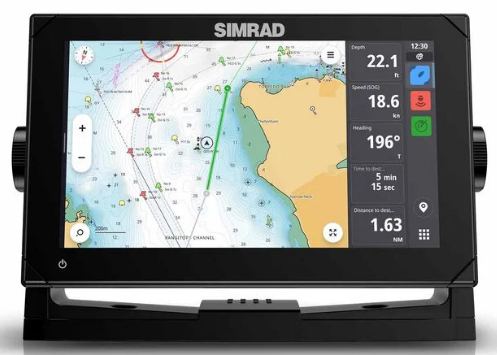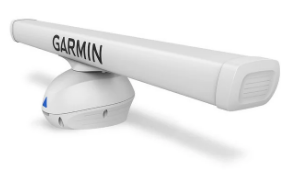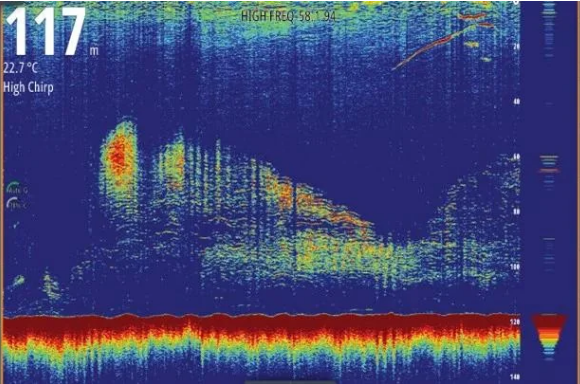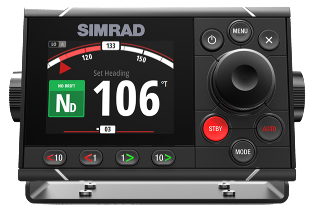Modern marine electronics are essential not only for navigation, but also for safety, situational awareness, and vessel efficiency. From coastal cruisers to bluewater yachts, having a properly integrated and reliable electronic system onboard is critical. At OSA Solutions, we work with a wide range of marine electronics, including systems by leading manufacturers like Garmin, Simrad, Furuno, and Raymarine, offering new installations, upgrades, and technical support for complex vessels.
Understanding the Core Systems
Marine electronics cover a wide range of systems designed to assist with navigation, situational awareness, and onboard automation. While each vessel’s needs vary depending on its size, use case, and level of integration, most systems revolve around a core set of components: chartplotters, radar, sonar, and autopilot. These devices often work together on a shared network to provide real-time data, control, and safety enhancements.
Below, we’ll break down the most important categories of marine navigation equipment, how they function, and the leading manufacturers trusted across the industry.
Chartplotters

A chartplotter is the heart of most marine navigation systems. It combines GPS data with digital nautical charts to display your vessel’s position in real-time. Modern chartplotters integrate seamlessly with radar, AIS (Automatic Identification System), sonar, and autopilot systems.
Key features include:
- High-resolution multi-function displays (MFDs)
- Touchscreen and keypad interfaces
- NMEA 2000 and Ethernet connectivity
- Tide and current overlays, route planning, and 3D chart views
Major brands like Garmin GPSMAP, Simrad NSS EVO3, and Raymarine Axiom series offer feature-rich systems suitable for both recreational and professional use.
Radar Systems
Marine radar provides visibility in poor conditions — such as fog, rain, or night — by displaying surrounding objects, landmasses, and other vessels.

Types include:
- Magnetron radars – traditional pulse-type, long-range
- Solid-state (broadband) radars – lower power, faster target acquisition, safer for small vessels
Important features:
- MARPA (Mini-Automatic Radar Plotting Aid) target tracking
- Doppler motion detection (e.g., Garmin Fantom, Simrad Halo)
- Dual-range operation
- Integration with chartplotters and AIS
Radar setup and configuration is essential for performance — and we frequently assist with antenna placement, power routing, and software calibration.
Sonar and Fishfinding Technology

Sonar systems use sound waves to image the seafloor, detect structures, and locate fish. They’re used for both fishing and safe navigation in shallow or unfamiliar waters.
Common types:
- CHIRP Sonar – high-resolution bottom imaging
- DownScan / SideScan – clear near-boat imaging of structures and contours
- 3D Sonar – real-time visualization of underwater terrain
Brands like Furuno, Garmin, and Raymarine offer specialized modules (e.g., Garmin Panoptix, Furuno DFF3) that integrate into a broader navigation system.
Autopilot Systems
Autopilot systems maintain a vessel’s heading or route automatically, easing helm fatigue during long passages and increasing fuel efficiency.

System components typically include:
- Course computer (core processor)
- Compass or heading sensor (solid-state or fluxgate)
- Drive unit (hydraulic, mechanical, or rotary)
- Control head or integration into MFD
Advanced autopilots, like Simrad AP44, Garmin Reactor 40, and Raymarine Evolution EV-1, also integrate with GPS and wind instruments for adaptive performance.
Proper installation is critical — autopilots rely on precise calibration, sensor alignment, and hydraulic/power system matching.
Integration and System Design
In most modern installations, these systems are no longer standalone — they operate on a shared NMEA 2000 or Ethernet network, enabling full data sharing and centralized control.
At OSA Solutions, we specialize in:
- Designing and servicing marine navigation systems
- Retrofitting older systems with modern components
- Troubleshooting and repairing communication issues
- Interfacing third-party equipment via NMEA 0183/NMEA 2000 bridges
Conclusion
From planning offshore routes to docking in tight marinas, today’s marine electronics make navigation safer and more precise than ever. Whether you’re upgrading a single component or building a complete navigation suite, understanding the function and integration of each system is essential.
At OSA Solutions, we bring deep technical expertise and field experience to every project — from installing advanced radar and sonar systems to fine-tuning complex autopilot and navigation networks. We work with trusted brands like Garmin, Simrad, Furuno, and Raymarine to ensure long-term reliability and performance at sea.
